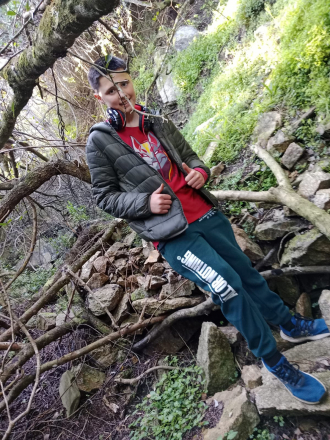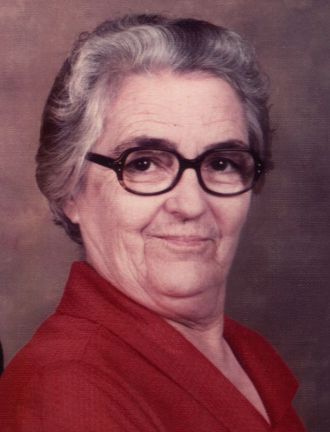Advertisement
Advertisement
Adele Strydom
About me:
Am a good and loving morherto my son Zoan,
About my family:
Has been devicalt
Updated: September 7, 2023
Message Adele Strydom
Loading...one moment please


Recent Activity

Adele Strydom
followed a member
Sep 07, 2023 12:37 AM

Adele Strydom
loved a story
Sep 07, 2023 12:37 AM

Adele Strydom
tagged a photo
Sep 07, 2023 12:24 AM
tagged
Modern
Modern

Adele Strydom
updated a photo
Sep 07, 2023 12:24 AM
description, date & place
Zoan Van Zyl my son on road trip, circa September 2, 2023
Zoan Van Zyl my son on road trip, circa September 2, 2023

Adele Strydom
shared a photo
Sep 07, 2023 12:23 AM
van Zyl family
Zoan Van Zyl my son on road trip
Zoan Van Zyl my son on road trip
Photos Added
Recent Comments
Adele hasn't made any comments yet
Adele's Followers
Be the first to follow Adele Strydom and you'll be updated when they share memories. Click the to follow Adele.
Favorites
Loading...one moment please


Daniel Pinna
I want to build a place where my son can meet his great-grandparents. My grandmother Marian Joyce (Benning) Kroetch always wanted to meet her great-grandchildren, but she died just a handful of years before my son's birth.
So while she didn't have the opportunity to meet him, at least he will be able to know her.
For more information about what we're building see About AncientFaces. For information on the folks who build and support the community see Daniel - Founder & Creator.
My father's side is full blood Sicilian and my mother's side is a combination of Welsh, Scottish, German and a few other European cultures. One of my more colorful (ahem black sheep) family members came over on the Mayflower. He was among the first to be hanged in the New World for a criminal offense he made while onboard the ship.
My father's side is full blood Sicilian and my mother's side is a combination of Welsh, Scottish, German and a few other European cultures. One of my more colorful (ahem black sheep) family members came over on the Mayflower. He was among the first to be hanged in the New World for a criminal offense he made while onboard the ship.

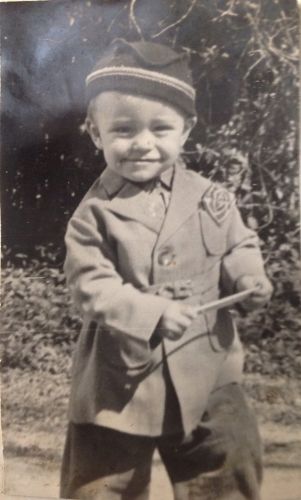
Lost & Found
Help reunite mystery or 'orphan' photos that have lost their families.
Photos with the names and dates lost in history. AncientFaces has been reuniting mystery and orphan photos with their families since we began in 2000.
This 'Lost & Found' collection is of photos foun... 

Political
Original photos of the politicians and political events throughout the past few centuries.
Welcome to a collection of photographs that document the fascinating history of politics. From democracies to monarchies, communism to fascism, and everything in between, this page captures the divers... 
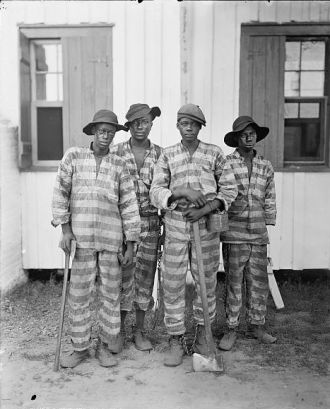
Notorious
The people and places that live on in our memories - not for good reasons but because of how they shocked and saddened.
Images of serial killers, mass murderers, despots and dictators, prisons, and the victims of these horrors. These people & places live on in infamy in our history.
There are the notorious killers: Th... 
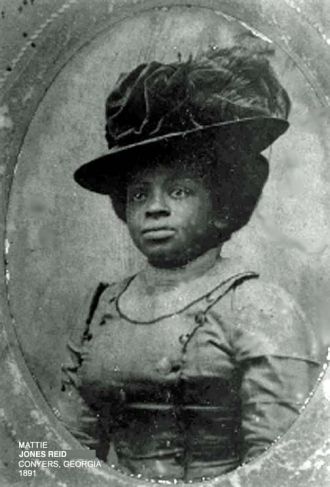
1800s
The 1800s where the end of the industrial revolution and the birth of scientists.
The Industrial Revolution began around 1760 and ran through the 1840's. Then began the birth of the profession of science. Louis Pasteur, Charles Darwin, Michael Faraday, Thomas Edison, and Nikola Te... 
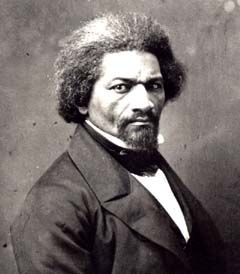
African Americans
See the faces of just some of the many African Americans who have contributed to building the United States into the country it is today.
African Americans in the early history of the United States had an extremely difficult start as immigrants. Having been primarily forced to immigrate to a new continent, African Americans worked throu... 

Native Americans
Images of the Native American people - the tribes, their dress, and their lifestyles. We honor and celebrate Native American history with this collection of historic photos.
The best way to understand the people who first inhabited North America, Native Americans, is through their own words. The following quotes contain some of the wisdom passed down through generations o... 
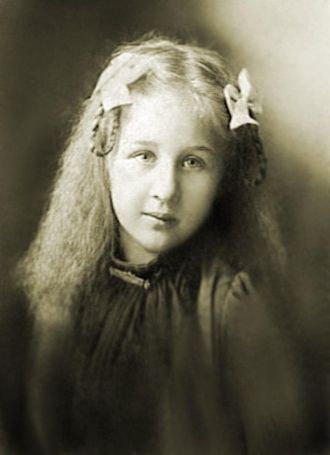
Popular Photos
These historical photos have generated quite the buzz!
This collection of historical photos has got people talking. These photos - either because of the subject and/or the story - have generated a lot of comments among the community. What do you have to s... 

Fashion
Discover how fashion has changed over the years with this collection of photos.
Fashion styles & vintage clothing throughout the decades that will inspire, make you wish for those times again, or may make you ask "What were they thinking"?
Clothing styles have obviously changed ... 

Celebrities
Discover the lives and legacies of notable celebrities from the past, like Bette Davis and John Wayne, by browsing photographs of them in their prime.
The lasting impact of celebrities from the past cannot be denied; they continue to be an essential part of our cultural history. Through their talent, charisma, and unique personalities, they entertai... 
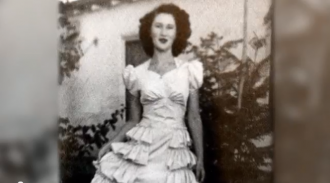
Adele Jordan had multiple names including Adele Stowe and Adele Curtis. Her parents, Carl Jordan and Patsy Carlisle, were both from Texas. When she was a baby, she lived with her parents in San Juan, California. By the time she was 5, the family had moved to El Centro, California, and later to Payson and Lukeville, Arizona, before returning to California in 1940. Adele moved back to Yuma, Arizona, in 1946.
At age 35, Adele married Dannie R. Curtis, who was 46, in Imperial County, California. From her two marriages, Adele had five children, including Kris Stowe, Marina Curtis, Lori Curtis, Danny James Curtis, and Gary Stowe. Sadly, Dannie passed away on December 20th, 1984.
Tragically, Adele was murdered on July 14th, 1996, by Gary Wayne Snelling. The case went unsolved for many years until a detective reopened it in 2003 and submitted evidence for DNA testing. Snelling was already in custody for "sexual indecency" when his DNA was found to match the evidence from Adele's murder, leading to his arrest. More information on Adele's murder can be found at Killer’s sentence overturned and STATE v. SNELLING.
See Adele Curtis: Obituary.


